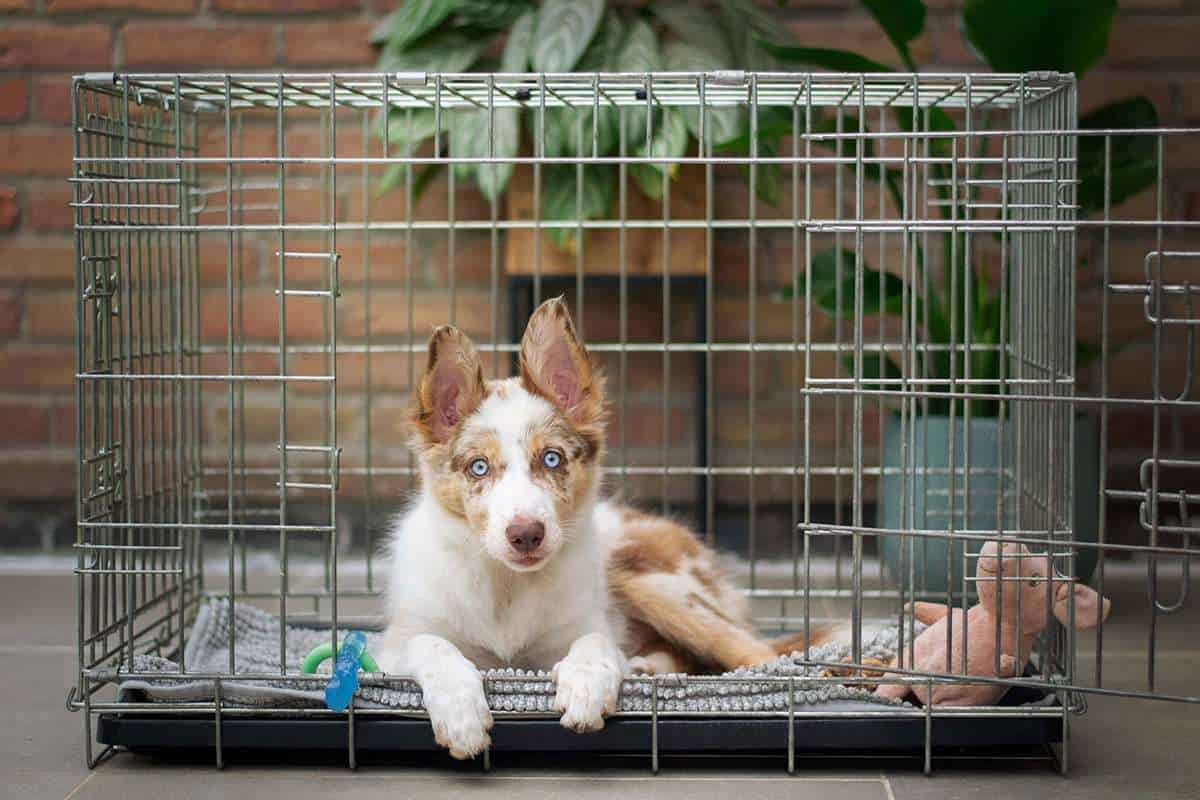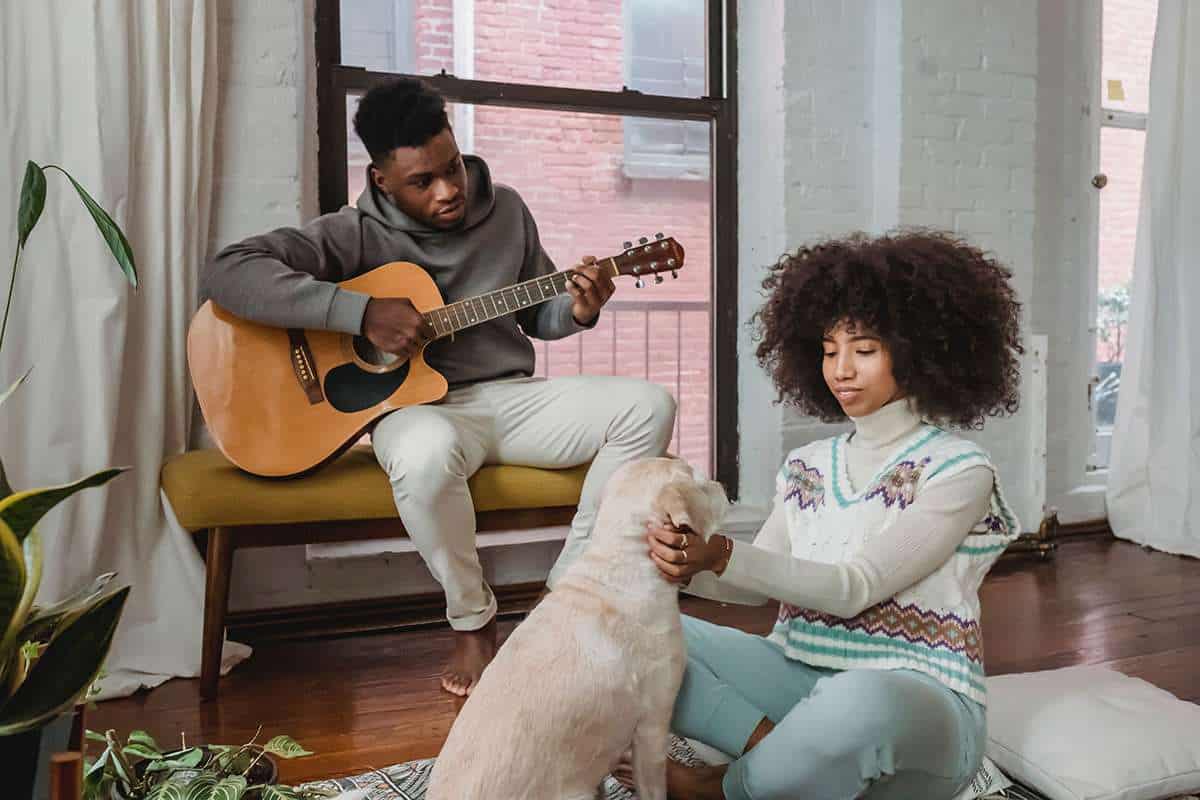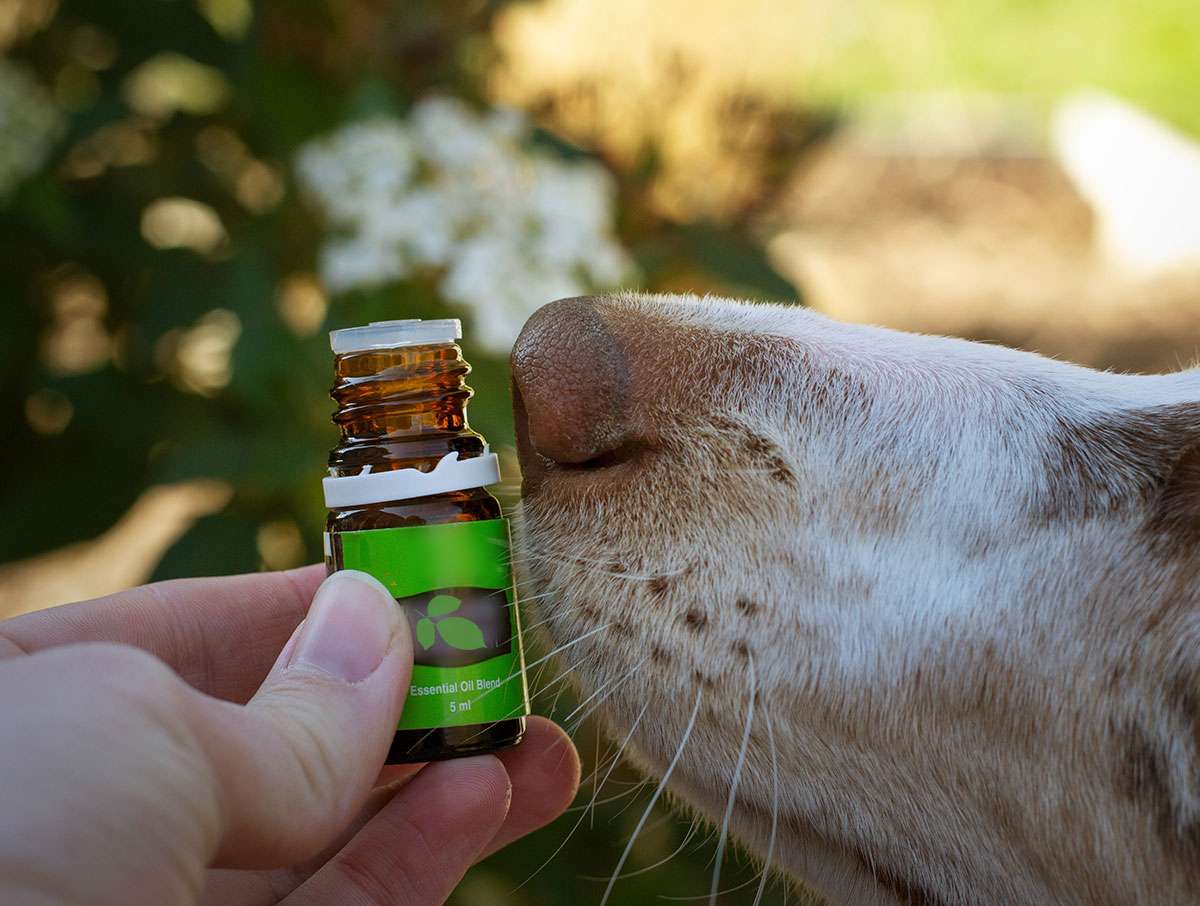Every dog owner has witnessed the distressing signs of an anxious dog. Whether triggered by separation, loud noises, or unfamiliar surroundings, anxiety can manifest in myriad ways, from incessant barking to destructive behavior. Addressing this anxiety is not only vital for the dog’s emotional well-being but also for maintaining a peaceful household. One approach that has garnered attention and praise over the years is crate training.
The Concept of Crate Training
At the heart of crate training lies the idea of providing a dog with its very own sanctuary—a space where it can unwind and feel secure. Historically, wild canines would naturally seek out confined spaces, using them as dens for safety and rest. Modern crate training taps into this primal instinct, offering a structured environment tailored for our domesticated companions.
Benefits of Crate Training for Anxious Dogs
For a dog grappling with anxiety, the vastness of the world can be a daunting experience. A crate, in this context, serves as a consistent haven where they can escape and find solace from external stressors. Proper crate training can significantly help in managing behaviors that stem from anxiety. For instance, during unsettling events like fireworks, a dog that’s been crate-trained might find immense comfort in its familiar space, thereby reducing its levels of panic and distress. Research, such as the paper titled “Firework and noise phobias: keeping pets calm”, underscores the fact that dogs trained in this manner often voluntarily retreat to their crate, especially during noisy disturbances.
Potential Drawbacks and Considerations
However, it’s essential to understand that crate training isn’t a universal solution. For dogs that have never encountered a crate, being suddenly confined can exacerbate their stress. This emphasizes the importance of a gradual and positive introduction to the crate. A hasty introduction, devoid of any positive reinforcement, can be a traumatic experience for the dog. Moreover, the debate around confinement is worth noting. While some argue that confining a dog for extended durations is unethical, it’s crucial to find a middle ground, using the crate as a tool for training and comfort rather than prolonged imprisonment.
The Process
Step 1: Choose the Right Crate
The first step in crate training an anxious dog is to choose the right crate. The crate should be large enough for your dog to stand up, turn around, and lie down comfortably. It’s also important to choose a crate that’s sturdy and made of high-quality materials. A wire crate with a removable tray can be a good option as it allows for easy cleaning.
Step 2: Introduce the Crate
Once you have the right crate, it’s time to introduce your anxious dog to the crate. Place the crate in a quiet area of your home, away from any noise or distractions. Encourage your dog to explore the crate by placing treats or toys inside. You can also place a soft blanket or bed inside the crate to make it more inviting.
Step 3: Positive Reinforcement
Positive reinforcement is a key component of crate training. Whenever your dog goes inside the crate, offer praise and treats to encourage them to associate the crate with positive experiences. It’s essential to avoid forcing your dog to enter the crate as this can create negative associations and increase anxiety.
Step 4: Gradual Increase in Crate Time
Once your dog is comfortable going in and out of the crate, it’s time to start increasing the amount of time they spend inside the crate. Begin by closing the door for short periods while you’re home, gradually increasing the amount of time your dog spends in the crate. It’s important to monitor your dog’s behavior and adjust the time spent in the crate as necessary.
Step 5: Use the Crate During Separation
Using the crate during times of separation can be a helpful way to reduce anxiety in anxious dogs. Start by leaving your dog in the crate for short periods while you’re home, gradually increasing the length of time you’re away. It’s essential to provide your dog with plenty of toys and treats while they’re in the crate to keep them occupied and distracted.
Step 6: Consistency is Key
Consistency is essential when crate training an anxious dog. Stick to a routine and provide your dog with plenty of positive reinforcement. Avoid using the crate as punishment, as this can create negative associations and increase anxiety.
Practical Tips for Successful Crate Training
When selecting a crate, it’s imperative to ensure it’s spacious enough for the dog to stand, turn, and lie down with ease. Crates with ample ventilation and visibility are often preferred. The introduction to the crate should be a positive experience. Consider placing treats, toys, and comfortable bedding inside, allowing the dog to explore this new space at its leisure. Positive reinforcement, in the form of rewards for spending time inside the crate, can work wonders. To further enhance the comfort quotient, consider adding soft bedding, familiar toys, and perhaps an item of your clothing.
Conclusion
The journey to understand and address dog anxiety is ongoing, and crate training is merely one of many tools available. It’s paramount to recognize that every dog is an individual, with unique needs and preferences. What might be effective for one might not resonate with another. As responsible pet owners, our primary objective should always be the well-being of our furry friends. This often means consulting professionals, continuous learning, and adapting our approaches based on our pets’ needs. After all, an informed owner paves the way for a content and well-adjusted dog.
Sources:



Leave a Reply